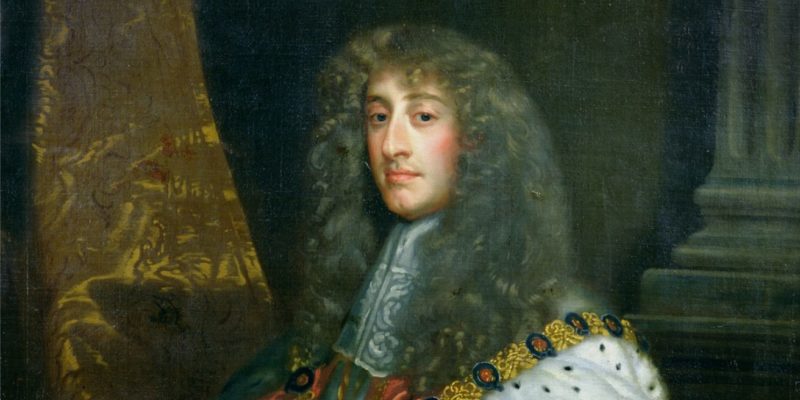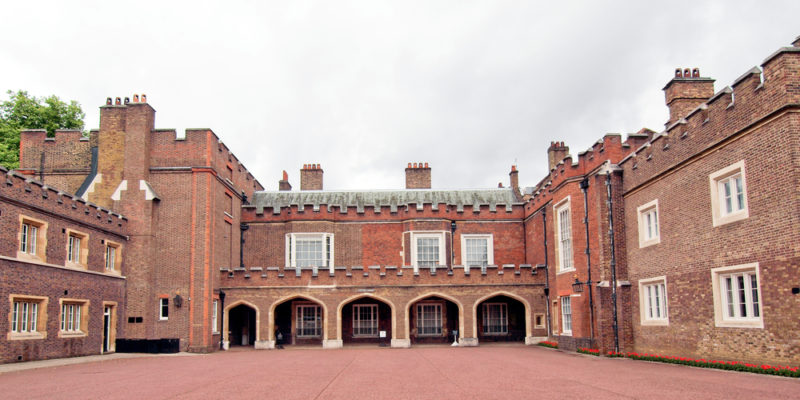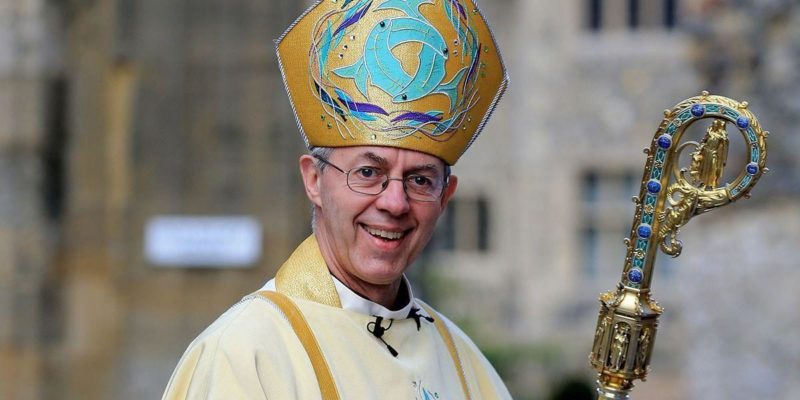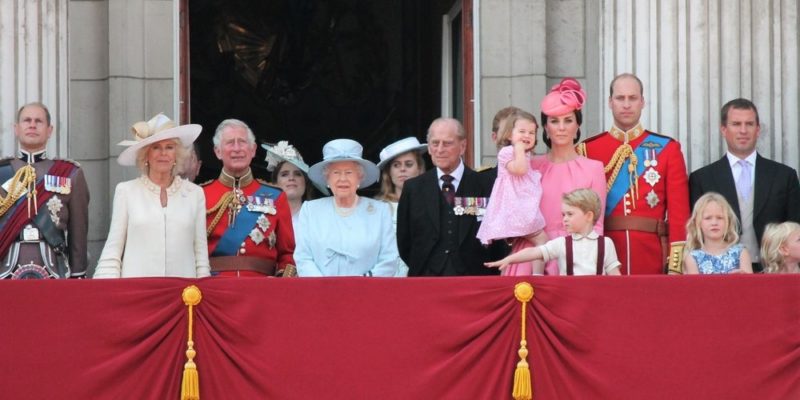We explain what the English monarchy is like, how it arose, and what absolutism is. The UK Parliament, Representatives, and more.
What is the English Monarchy?
The English monarchy was born with the self-proclamation in 878 of Alfred the Great, King of Wessex, as King of England so that this monarchy has already had more than twelve centuries of history.
When speaking of the English monarchy, reference is made to the royal house of the United Kingdom of Great Britain. It was this was the first European country to abandon the absolute monarchy, this happened in the year 1689, at the end of the reign of the Stuarts. It is then that the new monarch, William of Orange, swears in the Bill of Rights, which limits his powers and forces him to submit some of his decisions to Parliament.
Rise of the English monarchy
The English monarchy was born with the self-proclamation in 878 of Alfred the Great, King of Wessex, as King of England so that this monarchy has already had more than twelve centuries of history.
The absolutism of the English monarchy

The absolutism of the English monarchy is very well represented in the figures of Charles II and his successor, James II, the last Catholic king of England.
Parliament of the United Kingdom
Today the English monarchy is a constitutional monarchy, with a parliamentary government. It can be said that the king or queen of the United Kingdom reigns, but does not rule. The government is exercised by the Parliament of the United Kingdom.
Representatives of the English monarchy

Currently, the English monarchy has as its maximum figure Queen Elizabeth II, who is Queen of the United Kingdom of Great Britain and Northern Ireland and of the Kingdoms of the Commonwealth of Nations (Commonwealth). This comprises no less than 16 sovereign states. Her husband is Philip Mountbatten, he is known as Prince Philip and he holds the title of Duke of Edinburgh.
National unity figure
The sovereign of England is more than anything a figure of national unity for the British, as well as the representative of the United Kingdom and its traditional values to the rest of the world.
Residence of the British monarchy

The official residence of the British monarchy is currently Buckingham Palace, while St. James’s Palace, one of the administrative centers of the current monarchy, was the residence of the monarchs until the coronation of Queen Victoria in 1837. St. James’s Palace was built by Henry VIII in 1530.
Longest reign
The longest reign of the English monarchy so far was that of Queen Victoria, who held the title for 64 years; Queen Elizabeth II is about to equal that record.
British royal family
In addition to the Queen, the British royal family today consists of many other members, all receiving the treatment of Her Royal Highness.
Crowning act

The coronation ceremony of the King of England is a very solemn and important traditional act, it is in charge of the Archbishop of Canterbury, the highest ecclesiastical authority in England.
Unification of the United Kingdom
The unification under the same kingdom of England, Scotland, and Ireland, to become the United Kingdom of Great Britain, is due to Queen Anne I, in 1707.
The above content published at Collaborative Research Group is for informational and educational purposes only and has been developed by referring to reliable sources and recommendations from technology experts. We do not have any contact with official entities nor do we intend to replace the information that they emit.














